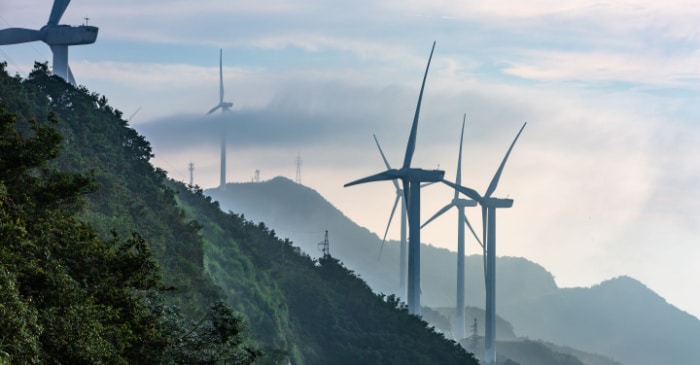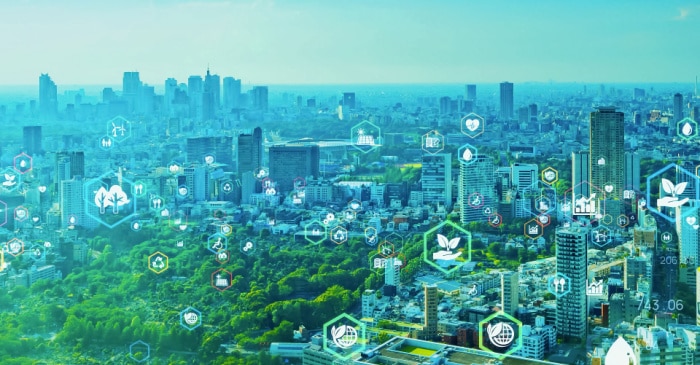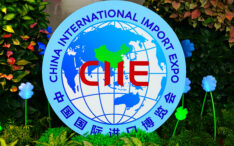
China’s Race to Renewable Energy Leadership

ESG Regulatory Landscape in Asia
G20 Summit 2023 Hits and Misses
September 2023

In an unstable geopolitical environment, multilateral gatherings have the capacity to set policy trends in subtle, sometimes unpredictable ways. It is essential for companies to keep one eye on meetings like the recent G20 Summit in order to gauge wind direction for future decisions that could feed into regulations, trade agreements, travel restrictions, and a host of other areas affecting business. At this moment, the most influential forum might be the G20, arguably the most powerful platform for the world’s largest emerging economies.
The G20 is a relatively recent grouping (founded 23 years ago), but is nevertheless confronted with questions about cohesion and relevance. The unease has perhaps never been greater than at the 18th G20 in New Delhi, held on 9-10 September amid a bitter rupture over Ukraine and a no-show from two of the highest-profile leaders, Xi Jinping and Vladimir Putin. The stakes were high for the conference’s host, Indian prime minister Narendra Modi.
What are the hits and misses
In the event, Modi succeeded in holding the G20 together, raising his international profile, and further boosting his political capital within India. A compromise was eventually reached on language around the Ukraine crisis (even if took 25 days to agree), allowing for the publication of the all-important joint communiqué. Besides clearing this hurdle, the gathering also agreed to welcome the African Union into its fold (it will henceforth be the G21) and saw various bilateral and multilateral trade partnerships settled on the sidelines.
There were also incremental progress on climate change. In a conference held under the banner “One Earth, One Family, One Future”, the leaders agreed to pursue tripling renewable energy capacity globally by 2030 and accepted the need to phase down unabated coal power. However the communiqué and “Leaders’ Declaration” contained no major new climate goals or changes to existing policies. Further discussions are also required to meet the need for greater spending on green energy.
The G20 does not set policy; however it does bring policymakers together to reach consensus on shared directions.
Modi: Indian leadership
This was Modi’s moment to shine. He played host to global leaders and succeeded in bringing them together despite the antagonism over Ukraine. Moreover, he achieved the inclusion of the African Union, a move he had advocated for some time, thus reinforcing India’s reputation as a champion of the global south. The very absence of top leadership from China and Russia served to further boost Modi’s profile. The event also served a domestic goal, with G20 billboards and events featuring in India’s cities for months in advance, strengthening his profile as the architect of India’s re-emergence onto the world stage.
Biden: Make America trade again
Biden’s administration seized the opportunity of the G20 with both hands and reached agreement on an “India-Middle East-Europe Economic Corridor”, which involves undersea telecommunications cables essential for clean energy grids and secure internet connections. An even more ambitious Partnership for Global Infrastructure and Investment is designed to utilise public capital for private sector investments in quality infrastructure. These agreements elicited negative responses from Beijing, whose Belt and Road initiatives they closely resemble. The G20 was a further signal that Washington wants to further engage with the rest of the world and be part of global solutions, offering an alternative to Chinese partnership and reversing the isolationism of the Trump presidency.
Mohammed bin Salman: In from the cold
Saudi Arabia’s crown prince, once called a “pariah” after the Khashoggi murder, was front and center at the New Delhi G20, representing the kingdom and mingling with world leaders who can no longer avoid him. For example, his agreement represents the central pillar of the India-Middle East-Europe economic corridor promoted by the US. As Saudi Arabia signs peace agreements with its former enemies, grows its economy at breakneck speed, and buys up assets from golf tournaments to da Vinci paintings, the crown prince appears to be the man holding the tiller.
Sunak: Moment of opportunity
Britain’s embattled prime minister made a rare international showing at the G20, having been almost entirely consumed with the UK economy and domestic affairs since taking office last year. He enjoys some cachet in India as Britain’s first PM of Indian ancestry and the only other high-profile Hindu leader besides Modi, with whom he seems to have established a warm relationship. Sunak also took the chance to meet with Chinese premier Li Qiang, which constituted the first top-level sit-down between Chinese and UK leaders in five years.
Macron: Dark horse
France’s president decided to make the G20 trip into a regional tour, visiting Papua New Guinea, Vanuatu, Sri Lanka, and Bangladesh as well as India. This comes as part of an Indo-Pacific strategy which also saw him meet with Australian prime minister Anthony Albanese at the G20. Macron intended to further heal the rift caused by Australia’s cancelled submarine contract of two years ago and to push an EU-Australia trade deal over the line before the end of the year.
Multipolar dynamics
The G20 is a good indicator of geopolitical trends. In the wake of the failed TTIP Transatlantic Trade and Investment Partnership (TTIP) and hobbled Trans-Pacific Partnership Agreement (TTP), there is ongoing anticipation about when and where the next major trade agreement will be struck. It seems highly likely that emerging markets will be the focus, and the G20 may well furnish the setting.
Ahead of the conference, there was a great deal of expectation around the BRICS coalition (Brazil, Russia, India, China, and South Africa), and the eventual communiqué might be seen as a validation of BRICS heft. However, the sole spotlight on India and the many bilateral agreements happening on the sidelines appeared to reveal a newfound strength among an emerging group of “non-aligned” nations.
These emerging powers (most prominently India, Turkey, Saudi Arabia, Indonesia, Brazil, and South Africa) are largely disconnected from the Ukraine war or other disputes between permanent members of the UN security council (China, Russia, US, France, UK). The G20’s north-south dynamic means there is always room for a revival of the “Bandung spirit”, named after the 1955 conference where the first non-aligned movement began. Chairmanship of the G20 is currently in a firmly non-aligned cycle, having passed in late 2022 from Indonesia to India, and recently to Brazil, followed by South Africa in 2024.
Perhaps the most notable aspect of the 18th G20 was the sense that the world’s traditional superpowers had left the field open for new players. In this context, Modi could bid his guests farewell with a feeling of satisfaction – it had been a personal triumph.




